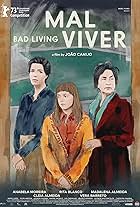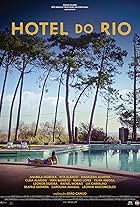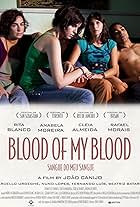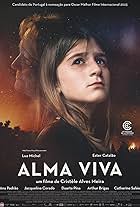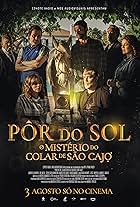"Bad Living" and "Living Bad" are parts of a diptych, mirror images providing different points of view, where their different stories overlap in time, space (location being the same hotel) and characters seen in both films with some of the scenes repeated in the both films but shot with cameras kept at different points and angles in each. "Bad Living" was very interesting with a superb end-sequence.
"Living Bad" introduced us to three plays of August Strindberg woven into the portmanteau film. Which reminds you of Robert Altman's "3 Women," and specifically Strindberg's "Motherlove." The other preceding Strindberg plays are "Playing with fire" and "The Pelican" broken up as such by the director Joao Canijo.
While Canijo stumbled, the viewer gained by understanding Strindberg's plays visually. The best idea of the film was capturing actions in the various well-lit hotel rooms at night simultaneously, from the perspective of the silent swimming pool, which makes sense only when the viewer has watched both films of the diptych.
An amazing experiment indeed from Canijo.
P. S. Wondered if Jean Genet's novel "Querelle of Brest" was influenced by Strindberg's play "Motherlove."




















